In recent years, the number of economic offenses in Russia, including including trade in counterfeit goods. A responsibility for such acts is provided for in the Code of Administrative Offenses and a number of other regulatory acts. For example, the Federal Law "On Customs Regulation" (311-FZ) is in force in the Russian Federation. Article 183 of this law provides as a measure of responsibility confiscation of counterfeit goods. 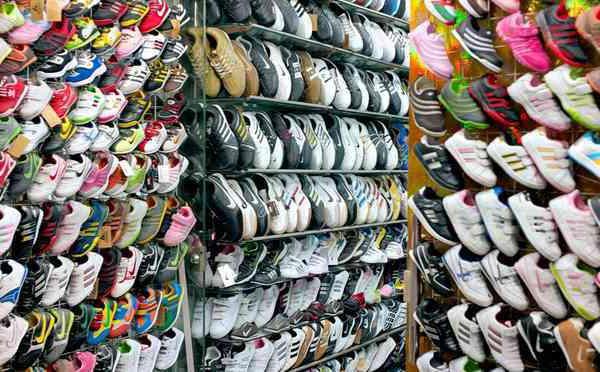
Counterfeiting of products entering the domestic market contributes to the shadowing of economic ties, significantly slows down the development of bona fide producers, and creates risks to the health and life of the population.
Terminology features
The presence of the shadow sector in the economy is the main factor in large-scale falsification of products. In terms of the volume of its production, it can be considered a parallel economy.
In the media, some legal publications and a number of regulatory documents, the terms “counterfeit” and “falsified” product are often used synonymously. Meanwhile, from a legal point of view, these are independent concepts.
The word "counterfeiting" has Latin roots. Literally, it translates as "fake." Counterfeiting refers to the unlawful use of brand names for profit in the production and sale of products similar to those of well-known manufacturers.
Counterfeiting refers to actions aimed at deceiving consumers by faking the object of a purchase and sale transaction. In a broad sense, it can be considered as unlawful actions, the purpose of which is to worsen certain properties of the product, reduce its quantity, while its characteristic characteristics remain unchanged, which are not significant for the buyer.
Counterfeiting is, in fact, a violation of copyright, and falsification is a violation of production technology. Respectively, counterfeit goods It is always counterfeit, and counterfeit products are not always counterfeit.
Normative base
The concept counterfeit goods it was first enshrined in Law No. 3520-1 of 1992. In article 4 of this regulatory act, objects that are considered fake were identified. In the norm, in particular, it is said that products, their labels and packaging on which the trademark or designation is unlawfully placed, similar to it to the degree of confusion, are counterfeit.
In Act No. 5351-1 of 1993, phonograms and copies of works are classified as fake products, the creation or distribution of which infringes copyrights. 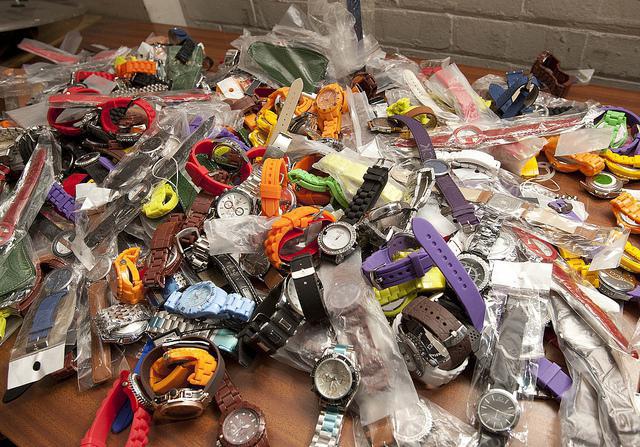
The specifics of violations
Counterfeiting may result in illegal use, copies of brands copyright infringement in the form of unlawful duplication of software products, books, video and audio recordings.
A fake has various properties, to one degree or another affecting the interests of copyright holders and customers. The price and quality of such products may be different, however, all counterfeit products are united by a common feature - the trademark owned by the copyright holder is used illegally to mislead consumers and maximize profits.
Most often, counterfeit consumer goods that have conquered the market and are popular among the population.Among the huge abundance of fake products, it’s quite difficult to identify. Usually found in markets copies of brands most famous manufacturers.
Sales Features
Original and fake can be in one store and even on one shelf. However, as a rule, counterfeit comes true on hand, in online stores, kiosks, at fairs, small retail outlets.
Geography of implementation may be different: one counterfeit goods sold in the capital and surrounding areas, the other - at a considerable distance from the center. In the first case, scammers seek to maximize profits, in the second - to minimize risks.
Price
Few consumers know how to distinguish a fake from the original. However, there are a number of signs, knowing which, you can protect yourself. The first thing you need to pay attention to is the price. Original goods are of high quality. In accordance with this, the cost is also established. Meanwhile and counterfeit goods can be of high quality and can be expensive. At the same time, neither sellers nor consumers will even guess about the nature of the product.
The identical cost of the original products and falsified goods will also be in the case when the method of “mixing” is used, that is, mixing. For example, an enterprise for camouflage first buys a small batch of original products and sells it. Subsequently, using documents on it, the company begins to promote fake on the market. 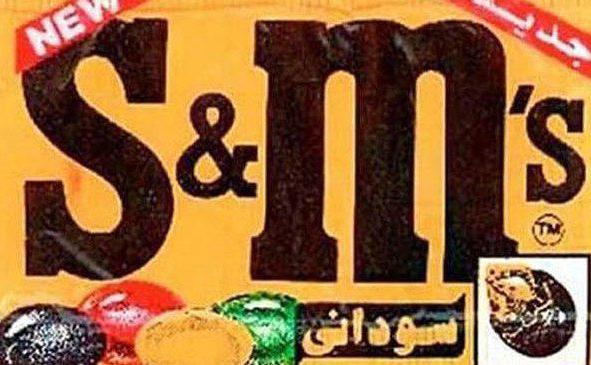
Explicit sign of counterfeit goods is a lower price. Low cost due to the lack of costs for advertising, taxes, certification, modern equipment for production.
However, it is worth saying that in relation to goods with low cost, talking about consumer fraud is somewhat incorrect. The fact is that the buyer, purchasing cheap counterfeit goods, is influenced by the brand, and not by the consumer qualities of the product.
Relationship with import and export
There is a kind of division of labor on the black market for counterfeit products. For example, fake cigarettes produced by domestic manufacturers are usually exported. This is due to the difference in their price in the Russian and Western markets. As for counterfeit medicines, they are mainly imported into Russia.
As statistics show, the OTC pharmacy segment reaches 63%. About 7 thousand wholesale enterprises work in the domestic market. In Germany, for example, there are only 10 distributors, and in France - 4.
Often, for the sale of counterfeit goods, he needs to give the status of imported products. This is a mandatory requirement for legal sale if original products are not manufactured in the country. In such a situation, fictitious export occurs, and then legal import. This scheme was used by Bryntsalov’s company, which forged the goods of a company that did not have its own production in the Russian Federation. It was possible to get into the legal network of pharmacies with documents simulating the import of counterfeit medicines.
Methods for identifying counterfeit and counterfeit goods
To understand whether an object is counterfeit, it is necessary to determine its compliance with the mandatory requirements established in regulatory enactments. To solve this problem, it is necessary to have standards describing the characteristics and main indicators of the product, means and methods of its testing. However, in many regulatory and technical documents such data are advisory rather than mandatory.
A mandatory feature of any product is its safety. However, the product may not pose a danger to consumers, but at the same time be counterfeit. 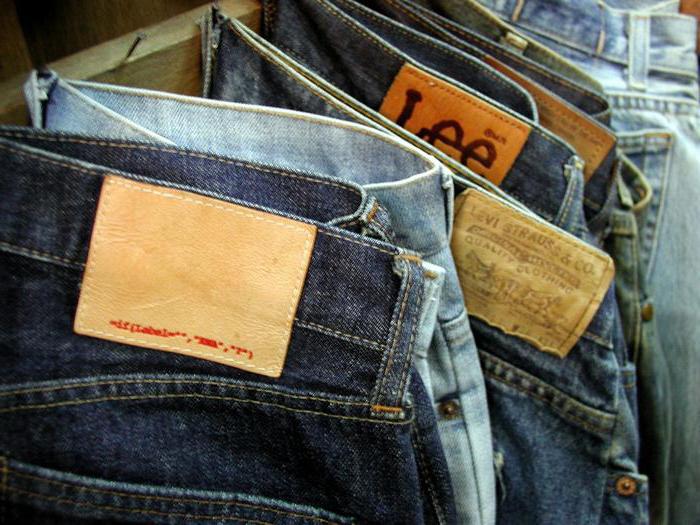
So how to distinguish a fake from the original visually, it is far from always possible; in practice, the following methods are used:
- Organoleptic.
- Registration
- Measuring.
- Estimated.
- Expert.
Characterization of methods
The first are based on the abilities of the human senses (hearing, smell, etc.). Organoleptic methods for determining fake are simple, but not always objective. As a rule, they are used in trade.
The registration method involves observing and counting the number of items, phenomena, costs.
The calculation method determines the quality indicators.
The most objective is the measuring method. With its use, fairly accurate results can be obtained. The determination of indicators is carried out using special measuring tools. To use this method, highly qualified specialists, large financial investments are required. Measurements, in addition, take a lot of time. However, express analysis and non-destructive testing methods are becoming increasingly popular today.
Expert techniques for identifying counterfeit goods are based on the findings of a team of specialists.
Counterfeit import controls
For some types of products, copyright holders set relatively low prices. On the one hand, relatively small incomes of Russian consumers are taken into account, on the other hand, the desire to conquer the domestic market becomes the strategic goal of foreign manufacturers. 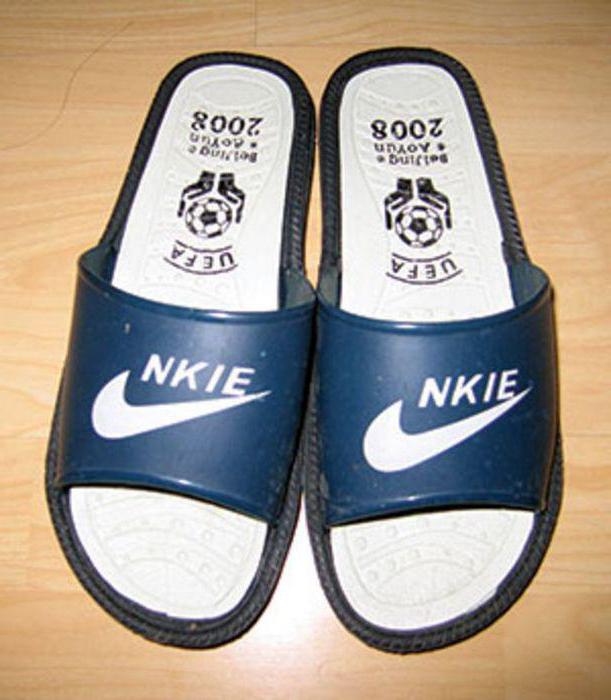
However, low prices are the privilege of official dealers. The “gray” importer purchasing goods abroad is in extremely unfavorable conditions. For example, when the fight against smoking began in Europe, tobacco companies began to actively move their products to the Russian market. As a result, relatively low prices for cigarettes were established in Russia in comparison with Western countries. Such a price difference provided protection for the domestic market from gray imports. The increase in the cost of tobacco products in Russia may lead to increased flows of counterfeit tobacco products.
Some copyright holders try to synchronize discount schedules, to establish sales records in the domestic market. With such control, any sudden large purchase will attract attention.
In the fight against gray imports, technical means are also used. For example, branded products for Russia are produced in packaging of a certain shape, in special bottles, etc.
Quite often, official dealers themselves identify "gray" importers. After that, different options are possible:
- Initiation of cases by law enforcement agencies.
- Mutually beneficial cooperation between the dealer and the importer on a legal basis.
FCS participation in the fight against counterfeiting
Recently, the government has tightened liability measures for gray importers. They are mainly implemented by the Customs Service.
When a batch of counterfeit goods is detained, the control body notifies the copyright holder. He, in turn, has the right to initiate an administrative or criminal case against the importer. 
Since 2008, the FCS has stepped up the fight against unscrupulous suppliers. The customs service was able to independently initiate proceedings, without waiting for the reaction of copyright holders. At the same time, judicial authorities increasingly began to recognize "gray" imports as unlawful. As a result of the measures taken, the supply of counterfeit goods significantly decreased in volumes.
Imitation Products
They are called goods issued with a style borrowing or copying some elements of a trademark of a well-known manufacturer. Simply put, a company produces a product that is very similar in appearance and name to a popular brand, to mislead consumers. For example, in stores you can find Taft and Taff hairsprays, Nivea and Livea cosmetic products. Outwardly, they look almost the same.
Many enterprises strive to use the popularity of well-known companies to increase their own sales.In this case, the production of counterfeit products can be carried out not only by companies unknown to the copyright holder, but also by their business partners. The pursuit of big profits often leads to litigation. Former partners begin to challenge ownership of a well-known brand. As a rule, as a result of a dispute, a trademark-simulator is eliminated.
What else should you pay attention to?
A key feature of counterfeit products is the lack of permits. The supplier is obliged to provide dealers with a copy of the contract, in accordance with which a trademark or logo is assigned to it.
If the company is not a manufacturer of products, it should still have permits from the manufacturer. 
In addition, the product must be accompanied by:
- Copies of the quality certificate (compliance with the requirements of the standards), certified in the prescribed manner.
- Invoices, invoices and other accompanying documents.
Additionally
The supply agreement must contain a provision guaranteeing the legality of the manufactured products. A separate clause should establish the rules and conditions for compensation for losses that the acquirer may incur if the supervisory authorities present claims to him.